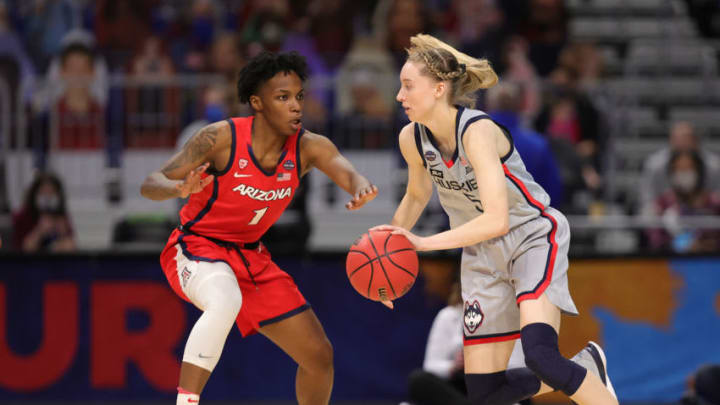
After a two-year wait, the college basketball gods gifted one of the “maddest” March’s ever. The cumulative seed total of the Sweet 16 teams was 94, the highest number since the tournament expanded to 64 teams in 1985.
The entertainment didn’t stop there, however, for the women’s tournament provided a thrilling show of its own. Whether or not you tuned in, the ratings speak for themselves.
4.1 million viewers watched the Stanford-Arizona title game, making it the most viewed women’s championship since 2014. And it wasn’t just the title game either, as the numbers were up across the board compared to 2019. Two Sweet 16 games — UCONN/Iowa & Baylor/Michigan — drew 1.6 and 1.2 million viewers a piece, comparing favorably to the1.1 million the NBA has averaged this season.
4.1 million viewers for the 2021 @ncaawbb Championship game between @ArizonaWBB & @StanfordWBB
— ESPN PR (@ESPNPR) April 6, 2021
☑️ Most-viewed #NationalChampionship since 2014
☑️ Most-viewed #WFinalFour weekend since 2012
☑️ Most-viewed Sweet 16 since 2013
More: https://t.co/AoNNLWl7CQ | #ncaaW pic.twitter.com/RzbHTWwAG4
This ratings growth is especially noteworthy given that almost every major men sport (e.g. NBA, NFL, MLB) is facing some level of decline in viewership. Even beyond college basketball, women’s athletics are on the rise, with cumulative TV and sponsorship revenue expected to soon eclipse $1 billion globally.
Women’s college basketball — and women’s sports on the whole — are clearly on a positive trajectory. What are the factors driving this growth?
It’s impossible to point to one overwhelming explanation for these developments. There are several elements that have played a part, however, and they should continue to benefit the sport in the years to come
